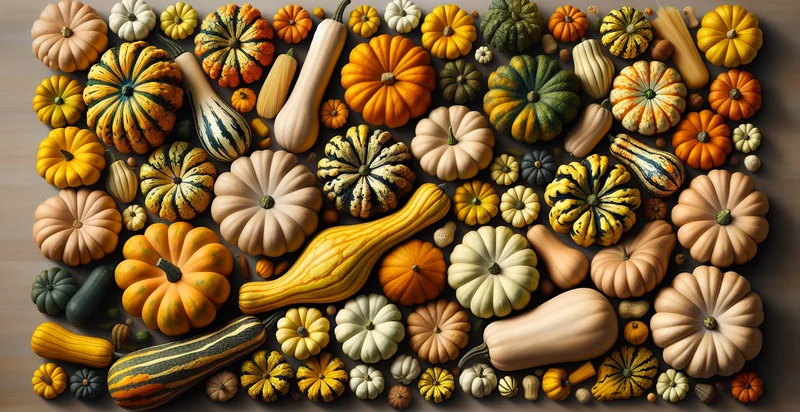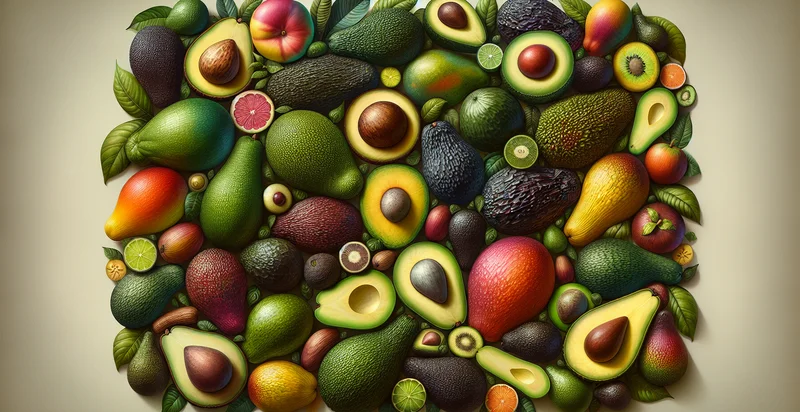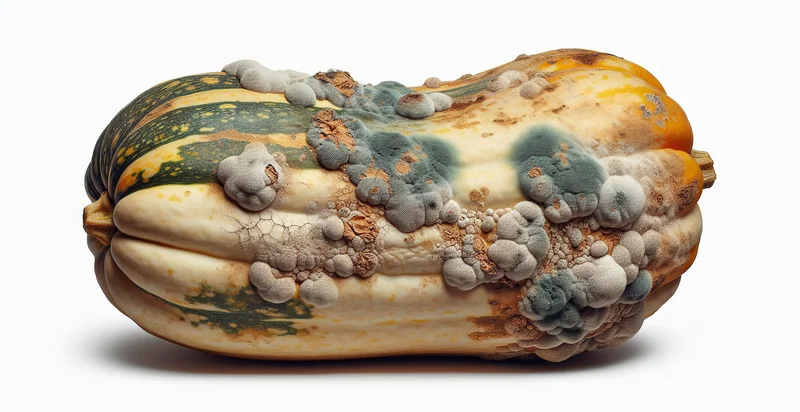Identify squash species
using AI
Below is a free classifier to identify squash species. Just upload your image, and our AI will predict what species of squash it is - in just seconds.

Contact us for API access
Or, use Nyckel to build highly-accurate custom classifiers in just minutes. No PhD required.
Get started
import nyckel
credentials = nyckel.Credentials("YOUR_CLIENT_ID", "YOUR_CLIENT_SECRET")
nyckel.invoke("squash-species", "your_image_url", credentials)
fetch('https://www.nyckel.com/v1/functions/squash-species/invoke', {
method: 'POST',
headers: {
'Authorization': 'Bearer ' + 'YOUR_BEARER_TOKEN',
'Content-Type': 'application/json',
},
body: JSON.stringify(
{"data": "your_image_url"}
)
})
.then(response => response.json())
.then(data => console.log(data));
curl -X POST \
-H "Content-Type: application/json" \
-H "Authorization: Bearer YOUR_BEARER_TOKEN" \
-d '{"data": "your_image_url"}' \
https://www.nyckel.com/v1/functions/squash-species/invoke
How this classifier works
To start, upload your image. Our AI tool will then predict what species of squash it is.
This pretrained image model uses a Nyckel-created dataset and has 20 labels, including Acorn Squash, Banana Squash, Buttercup Squash, Butternut Squash, Carnival Squash, Crown Prince Squash, Delicata Squash, Green Striped Squash, Hubbard Squash and Kabocha Squash.
We'll also show a confidence score (the higher the number, the more confident the AI model is around what species of squash it is).
Whether you're just curious or building squash species detection into your application, we hope our classifier proves helpful.
Related Classifiers
Need to identify squash species at scale?
Get API or Zapier access to this classifier for free. It's perfect for:
- Crop Quality Control: The squash species identifier can be integrated into agricultural quality control systems. This function helps farmers and producers determine the species of squash being harvested, ensuring only top-quality produce is sent to market, thereby maximizing customer satisfaction and reducing waste.
- Market Analysis Tool: Retailers can utilize the species identifier to analyze the diversity of squash sold in their stores. By understanding which species are most popular among consumers, they can tailor their stock to meet demand and improve sales strategies.
- Agricultural Research: Researchers studying squash genetics can employ the identifier to quickly classify various squash species in their studies. This can accelerate the pace of research by allowing for accurate data collection and analysis regarding species-specific traits and growth patterns.
- Supply Chain Optimization: Distributors can implement the squash species identifier to streamline their supply chain operations. By accurately identifying the species during distribution, they can better manage inventory levels, reduce spoilage, and enhance logistical efficiency.
- Educational Tool: Educational institutions can utilize the squash species identifier to teach students about agricultural science and botany. This hands-on tool can help students learn how to identify different squash species and understand their specific growing conditions and nutritional profiles.
- Sustainable Farming Practices: Organic farms can use the identifier to ensure they are cultivating and promoting a diversity of squash species. This can enhance biodiversity, improve soil health, and encourage ecological resilience within their farming systems.
- Consumer App Development: Developers can create mobile applications that allow consumers to identify squash species at the point of purchase or during cooking. Such an app could enhance user engagement by providing recipes and nutritional information tailored to the specific species identified.


